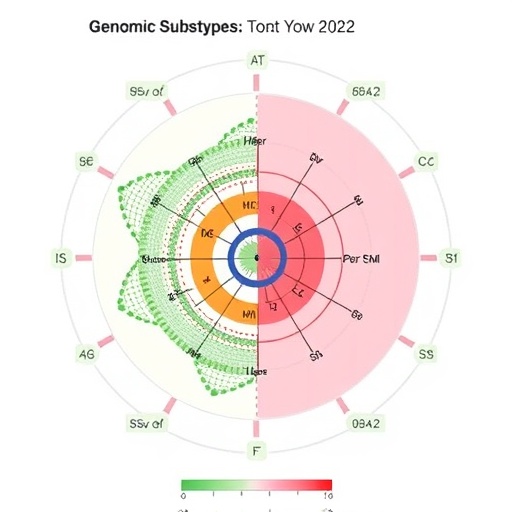Engineers from the University of Luxembourg are working together with scientists from the WSL Institute for Snow and Avalanche Research SLF in Switzerland to better analyse mechanical properties of snow. The project has the goal to develop a computer model that can help solving typical snow-related engineering problems. The model could, for example, be used to anticipate avalanches, to determine the load on buildings caused by snow or calculate the traction of vehicles on snow-covered surfaces by predicting the behaviour of snow.
After having studied various flood scenarios, developed an innovative mathematical method to simulate the flow of debris and predicted its mechanical impact on buildings and structures, Bernhard Peters, professor of Thermo- and Fluiddynamics and head of the LuXDEM research team at the Faculty of Science, Technology and Communication (FSTC), has extended his research activities to snow simulations.
Prof. Peters with his research team are now developing a model that calculates the properties and behaviour of snow masses under high and low strain rates based on the structure of microscopic snow particles. "Such a model has several advantages compared to traditional snow models. First, our model can directly factor in microstructural information. Second, it includes contacts and bonding between the snow grains. Third, it can explicitly account for the large displacements and rearrangement of the snow grains during deformation. Hence, this particle model explicitly includes all the relevant physical micro-scale processes", explains Bernhard Peters.
In order to validate this new model, Professor Peters involved field experts from one of the world-renowned institutes in snow research, namely the WSL Institute for Snow and Avalanche Research SLF, based in Davos Dorf, Switzerland. "The project combines complementary expertise of the two involved research groups with Luxembourg being an expert in discrete element modelling and Switzerland in the tomographic investigation and experimental measurement of snow characteristics", adds Prof. Peters.
The bi-national project was officially launched at a kick-off meeting on 8 December 2016 and is funded by the Fond National de la Recherche Luxembourg (FNR) and the Swiss National Science Foundation (SNSF) for a period of 3 years.
###
Media Contact
Thomas Klein
[email protected]
352-466-644-5148
@uni_lu
http://www.uni.lu
############
Story Source: Materials provided by Scienmag




